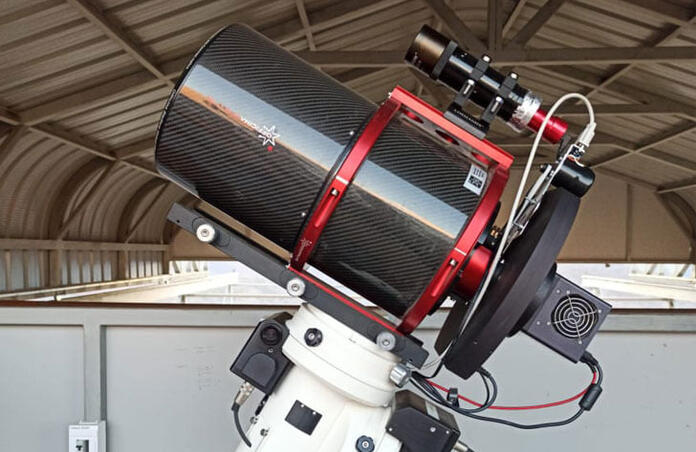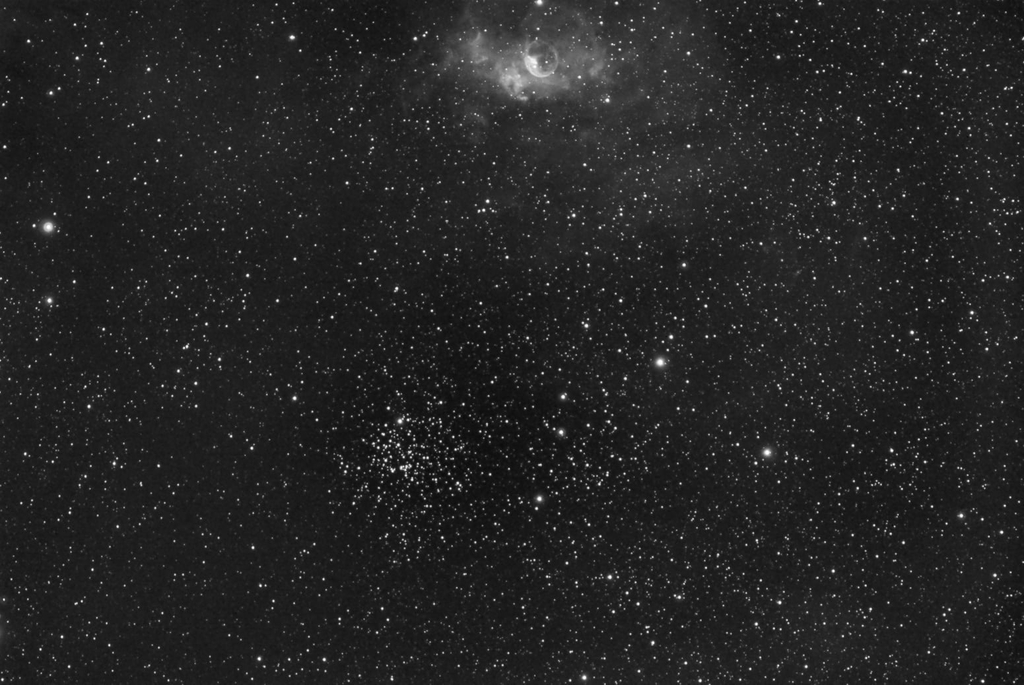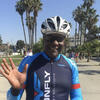The Art of Guiding - Part II

My last post talked about an under appreciated and really fundamental skill for astro imagers; guiding. Marco Rocchetto was kind enough to leave a very informative comment on my post that gave me pause. He mentioned that guiding is also one of the most difficult challenges we have when we use Telescope Live equipment. Even with the expensive mounts used for Telescope Live, guiding still needs to be used for long exposure times, especially for exposure times of 10 minutes or longer. If you don’t use guiding, you'll get lots of trailing stars. Telescope Live uses PHD-2 for guiding as well but because the equipment is remote and the work has to be automated, which can be a painful process. Marco stated that when there are quality issues with the data acquired, most of the time it is because of guiding issues. So, I thought I’d supplement my original post with some background on what you’re trying to do with guiding. I recommend you read the section on guiding theory in the PHD-2 Manual; it’s one of the best detailed descriptions of the process I’ve seen.

M52 (Open Cluster)& NGC 7635 (Bubble Nebula)
Telescope: Astro Tech AT102 ED
Camera: QHY 294M
Processed in PixInsight
When we image objects in the sky at night, we have to account for the movement of the night sky due to the earth’s rotation for exposure times longer than about 20 seconds. If we don’t, we will get deformed or trailing stars in the image as well as the target itself. To account for this, we need a way to move the camera at a similar rate consistent with the earth’s rotation to keep the target fixed in the exposure. This means we need to keep the telescope, which may weigh in excess of 30 pounds, along with the telescope rings solid enough to not cause deformation with the attendant camera, focuser, guide camera and other accessories in a precise position to keep the stars and the target from deforming. Just review the attached picture of the Telescope Live equipment designated CHI-6 and you’ll immediately understand the issue at hand.
You also need to make the tracking corrections slow and steady and not fast and random and deal with the sources of tracking errors such as mechanical imperfections in your mount gears and/or errors in the sidereal tracking rate of the mount. Atmospheric seeing and vibrations from wind gusts, cable snags (exactly why cable management of your equipment is important).
The guide algorithms in PHD-2 need to react to the slow and steady star deflections and ignore anything else. The causes of guide star deflection can be caused by several sources. Telescope mounts are not perfect and the adjustment that is asked for may not be the adjustment provided and you want to guard against overcorrecting or making large corrections. This is exactly why I get stressed out over guiding during my imaging sessions and apparently Marco shares this kind of stress. It's why I appreciated his comments on my last post so much; I'm not alone...
Stay safe and get your neighbors to turn off their lights at night and convince them to join in the fun….
